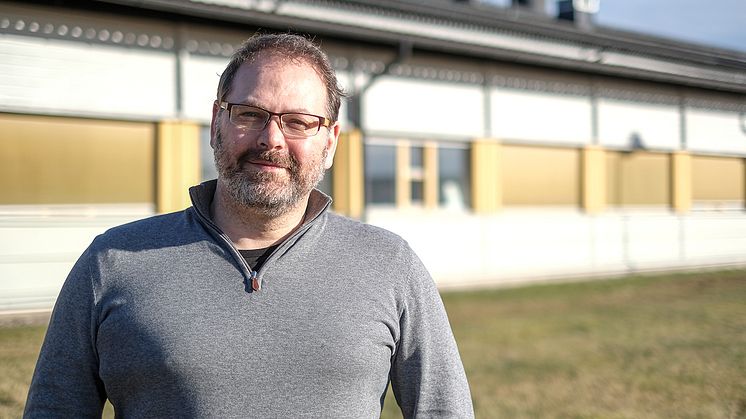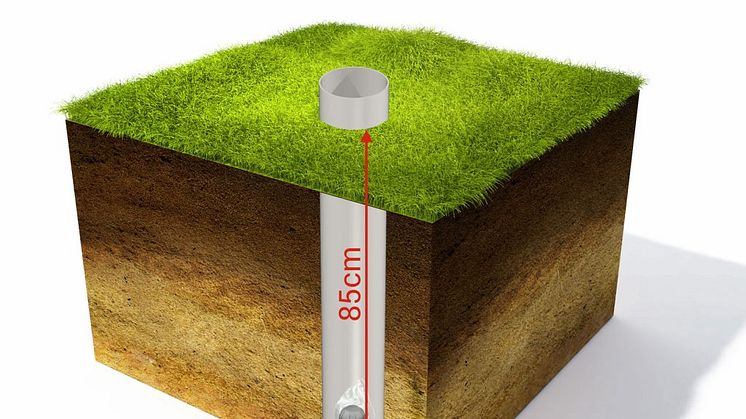
Blog post -
Radon as a health risk – WHO report
The WHO’s latest report ‘Guidelines on Housing and Health’ describes how people’s housing and health are affected by a variety of factors. The report describes radon, among other factors, as a health risk. The report draws attention to the fact that radon should be regarded as a carcinogen on a par with tobacco smoke.
The harmful effects of radon are emphasised by, among other things, the WHO wanting to reduce the reference level for radon in home environments to 100 Bq/m³. That is one-third of the reference level established in Directive 2013/59/EURATOM, which is 300 Bq/m³.
Radon causes lung cancer
Radon as a health risk is a global problem that each year is estimated to cause around 230,000 cases of lung cancer, which has a high mortality rate. Radonova’s measurement expert José-Luis Gutiérrez Villanueva comments on the latest WHO report:
“It is important that radon is not singled out, but regarded as one pollutant among many. In this respect, the WHO’s report is clear and important. The report describes the harmful effects of radon, as well as how preventive measures can be used to reduce harmful radon levels. Bearing in mind the fact that radon causes a very high number of lung cancer cases, it is vital to speak plainly about this issue.
“While radon is a global problem, the WHO’s report makes it clear that radon needs to be tackled at national level. In order to be effective, each country needs a well-developed programme that can be adapted to the circumstances in each case.”
José-Luis Gutiérrez Villanueva has worked on radon issues for the last 15 years. He wrote his PhD on ‘Radon concentrations in soil, air and water in a granitic area: instrumental development and measurements’ (University of Valladolid, 2008), and is an expert in areas including data analysis and different ways of measuring radon. As secretary of the European Radon Association, José-Luis also has extensive experience of international work with radon.
More information and the report ‘Guidelines on Housing and Health’ are available here»

























